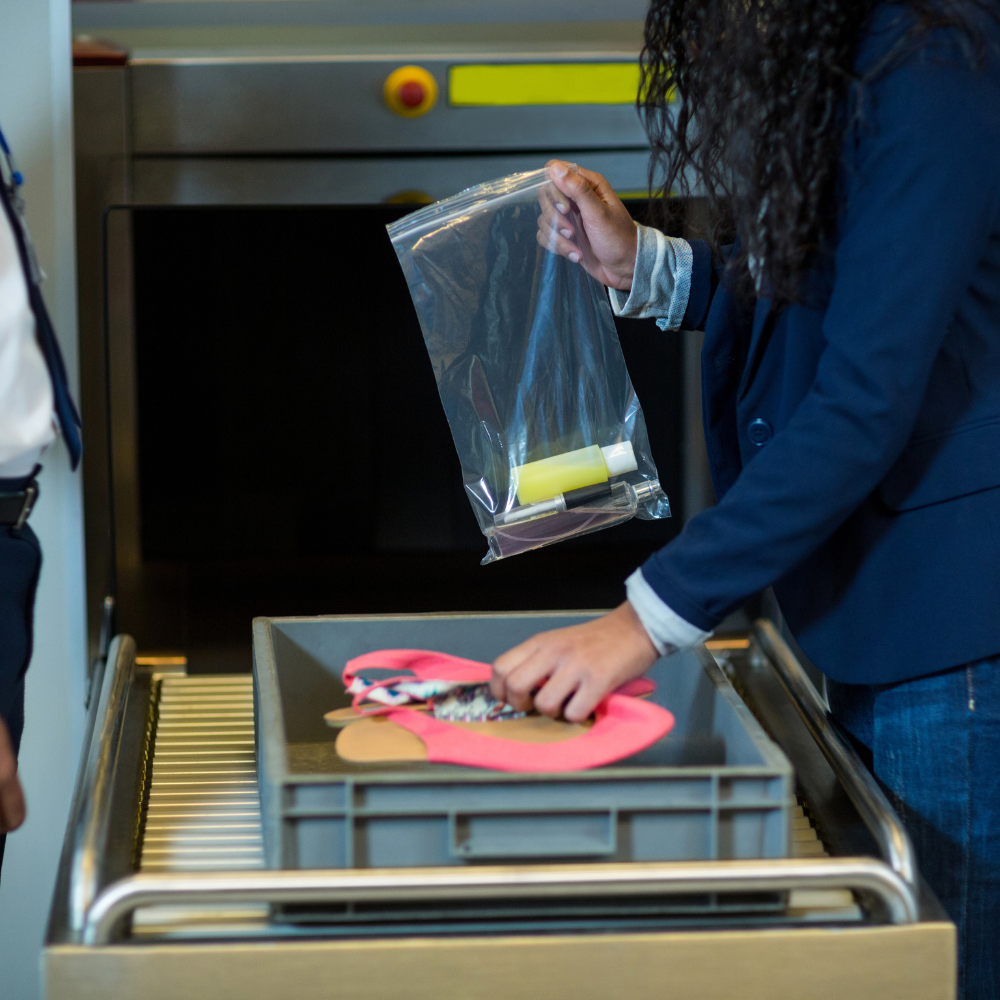
An analysis of the market samples collected by a research team in China has been published. The samples were collected more than three years ago in relation to the Covis-19 outbreak.
The Huanan seafood and wildlife market has been the epicenter of the quest for the coronavirus' origin. This is, however, the first peer-reviewed study of biological evidence collected from the market in 2020. New lines of inquiry could be opened into the origin of the outbreak by associating the virus with animals that were sold on the market.
Virus-positive samples contained genetic material from wild animals, according to the research. Hence this acts as additional proof that the disease was initially transmitted from an infected animal to a human. Others, however, have urged caution in interpreting the results, and it is still unclear why it took three years for the genetic makeup of the samples to be made public.
Another theory suggests that the virus may have inadvertently escaped from a laboratory in Wuhan. An early version of the study by the Chinese research team was posted online in February. However, they did not publish the entire genetic information contained in the market samples.
After noticing that the genetic sequences had been uploaded to a website for sharing scientific data, a second international group of researchers shared their own assessment of what those crucial market samples had revealed. This new analysis, which has been validated by other scientists prior to its publication in the journal Nature, provides greater insight into the composition of those samples collected from stalls, surfaces, cages, and market apparatus.
The paper published by the Chinese research team revealed that some samples collected from locations where wildlife was sold tested positive for the virus. Their analysis also revealed that animals, primarily raccoon dogs, that are now known to be susceptible to the virus were being sold alive in these areas.
However, the Chinese researchers have noted that their findings do not provide conclusive proof of how the pandemic began. The paper explains that the environmental samples cannot establish that the animals were contaminated.
The possibility persists, according to the report, that a person, not an animal, introduced the virus to the market. Prof. David Robertson of the University of Glasgow is a virologist who has participated in the genetic investigation into the origin of SARS-CoV-2 since its appearance in 2020. He told sources that the most crucial aspect is that the extremely important dataset is now published and accessible to others for analysis.
However, he added that the contents of the samples constituted strong evidence that animals in the area were likely infected with the virus.
The published findings coincide with indications that the lab leak theory is gathering traction among US authorities. The Chinese government has vehemently denied claims that the virus originated in a scientific facility, but the FBI and the US Department of Energy now consider this to be the "most probable" scenario.
Diverse US departments and agencies have investigated the mystery and reached divergent conclusions. However, on 1 March, the FBI's director accused Beijing of "doing its best to obfuscate and obfuscate" and revealed the bureau had been convinced of the lab leak hypothesis "for quite some time." Some scientists are frustrated that the FBI has not made their findings public.



